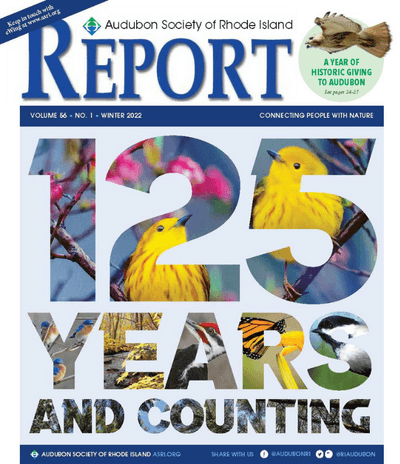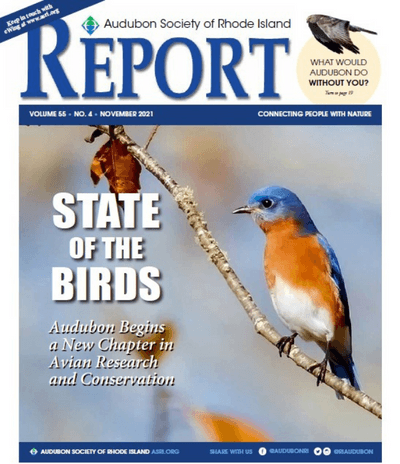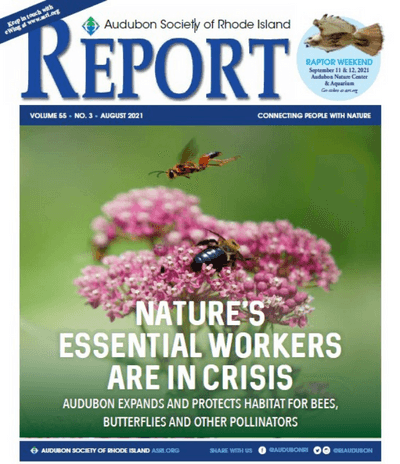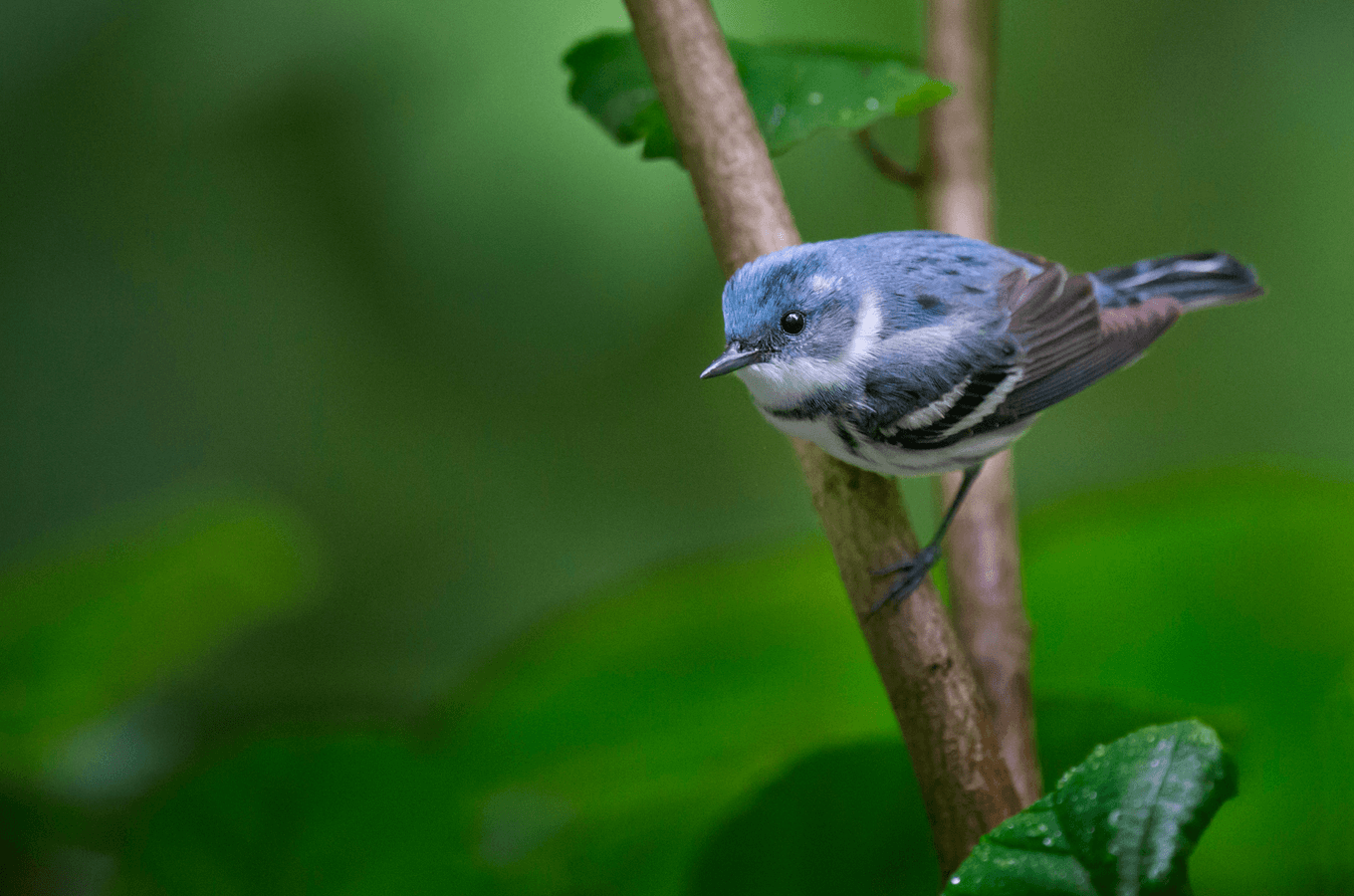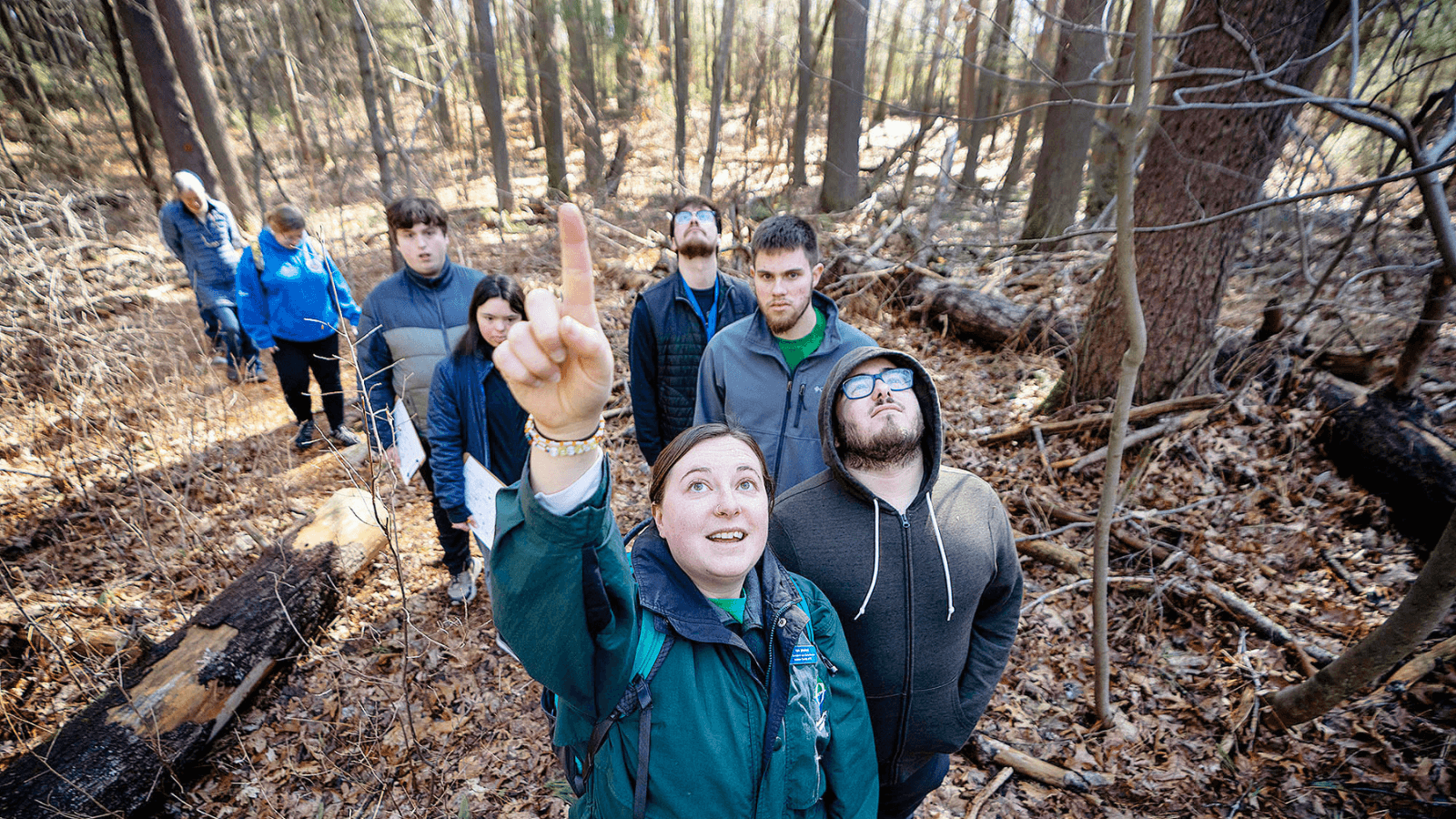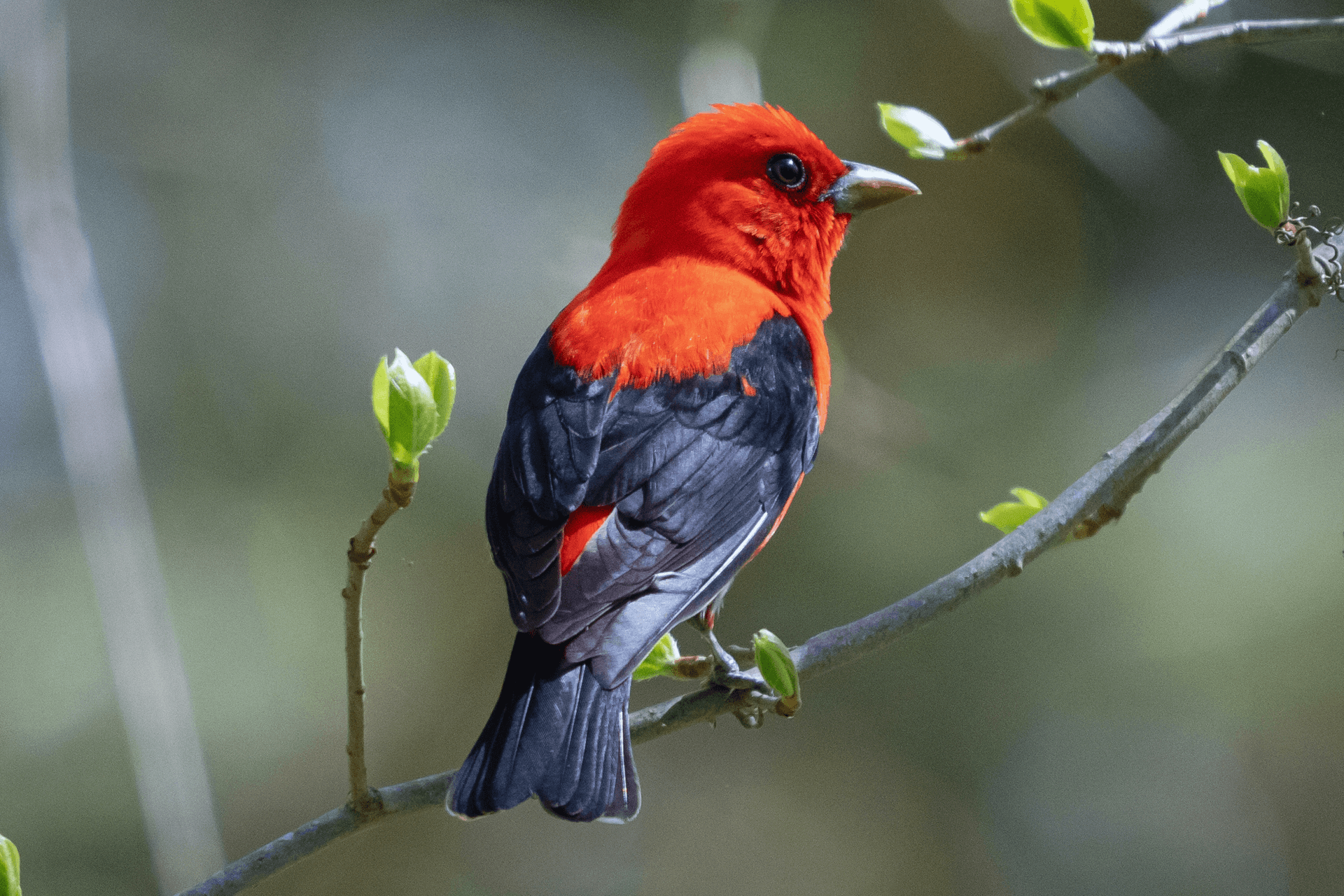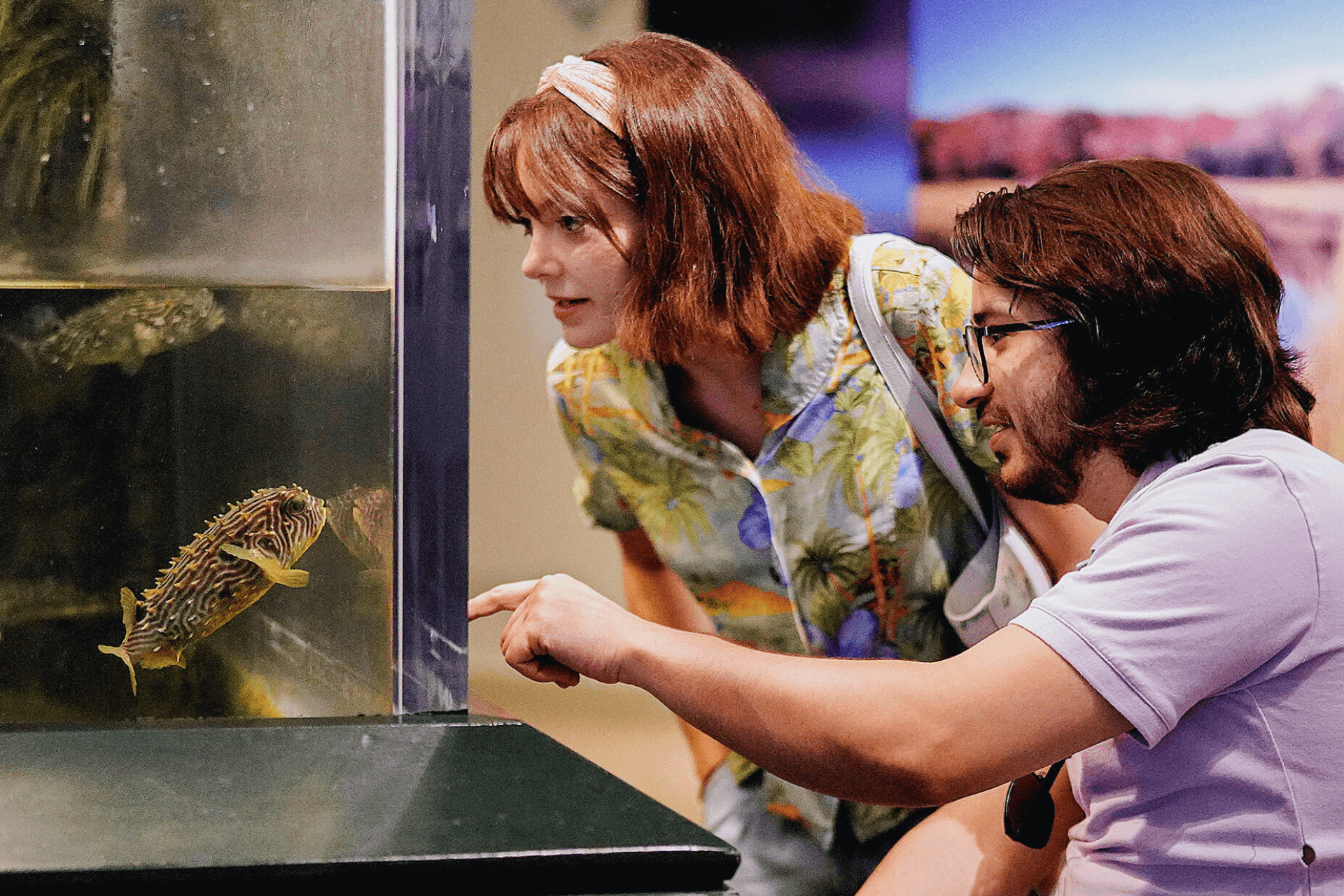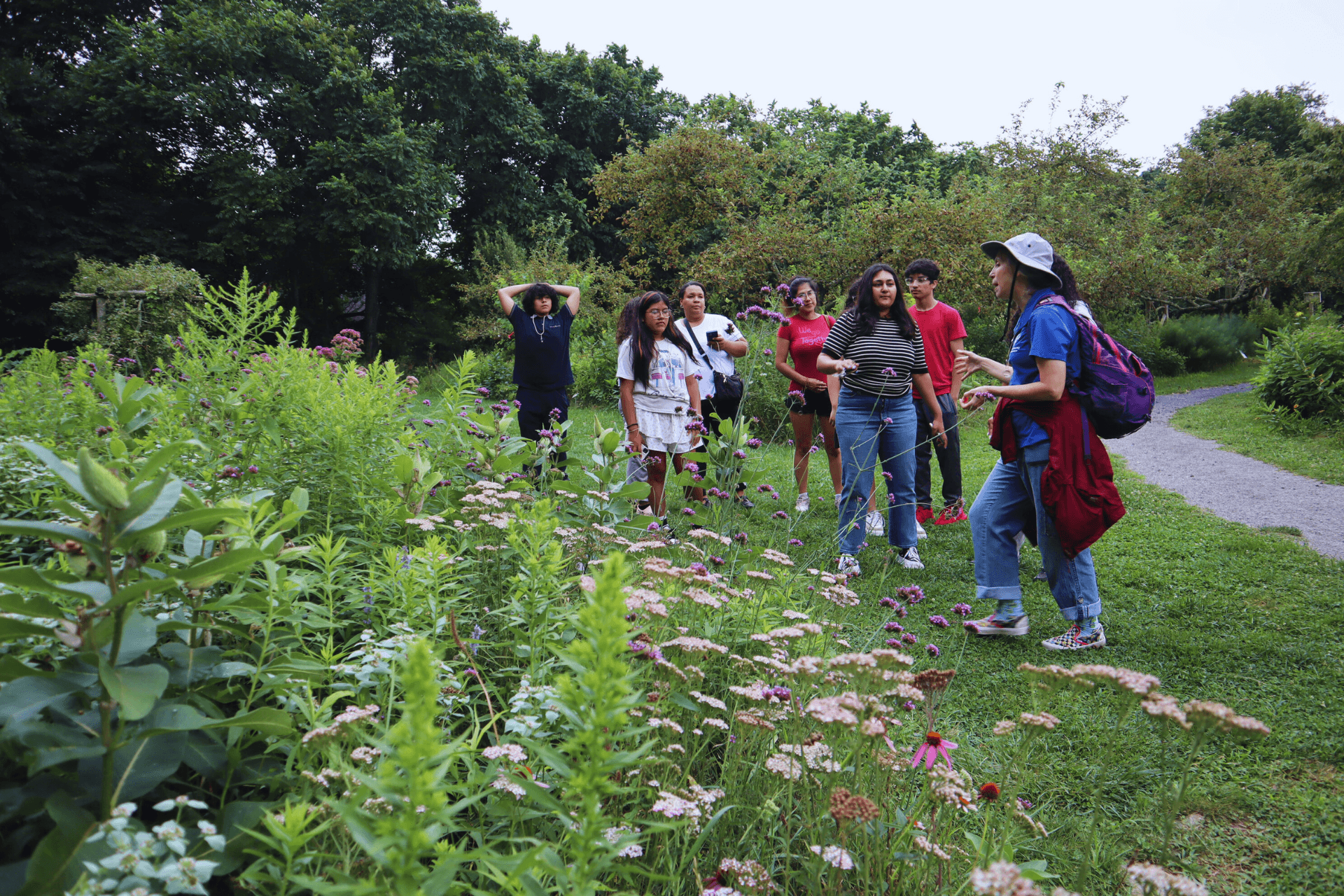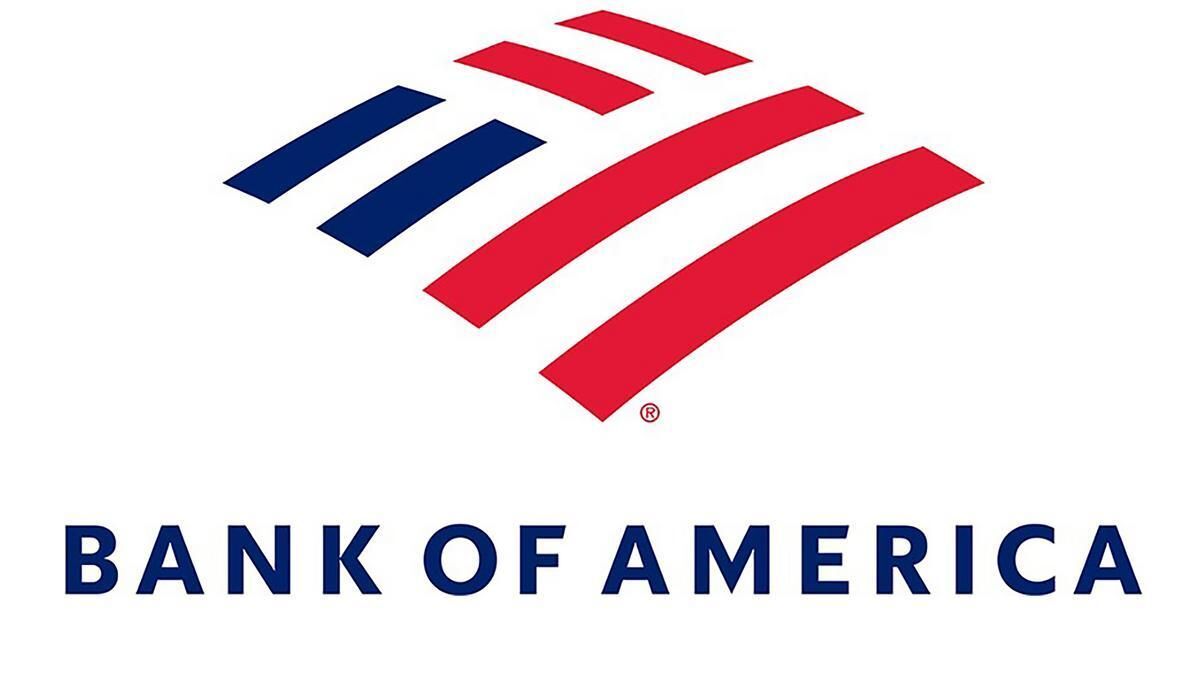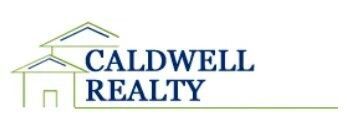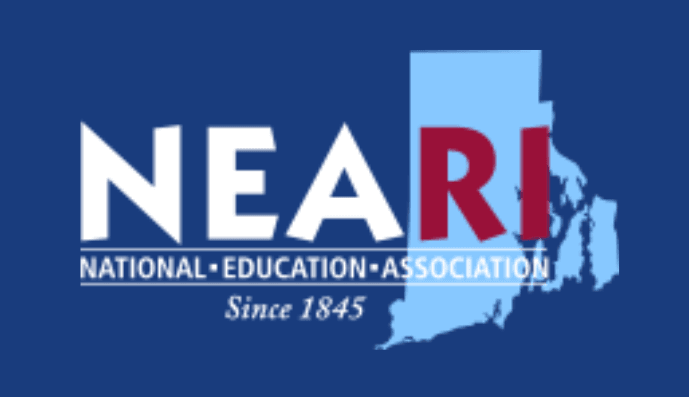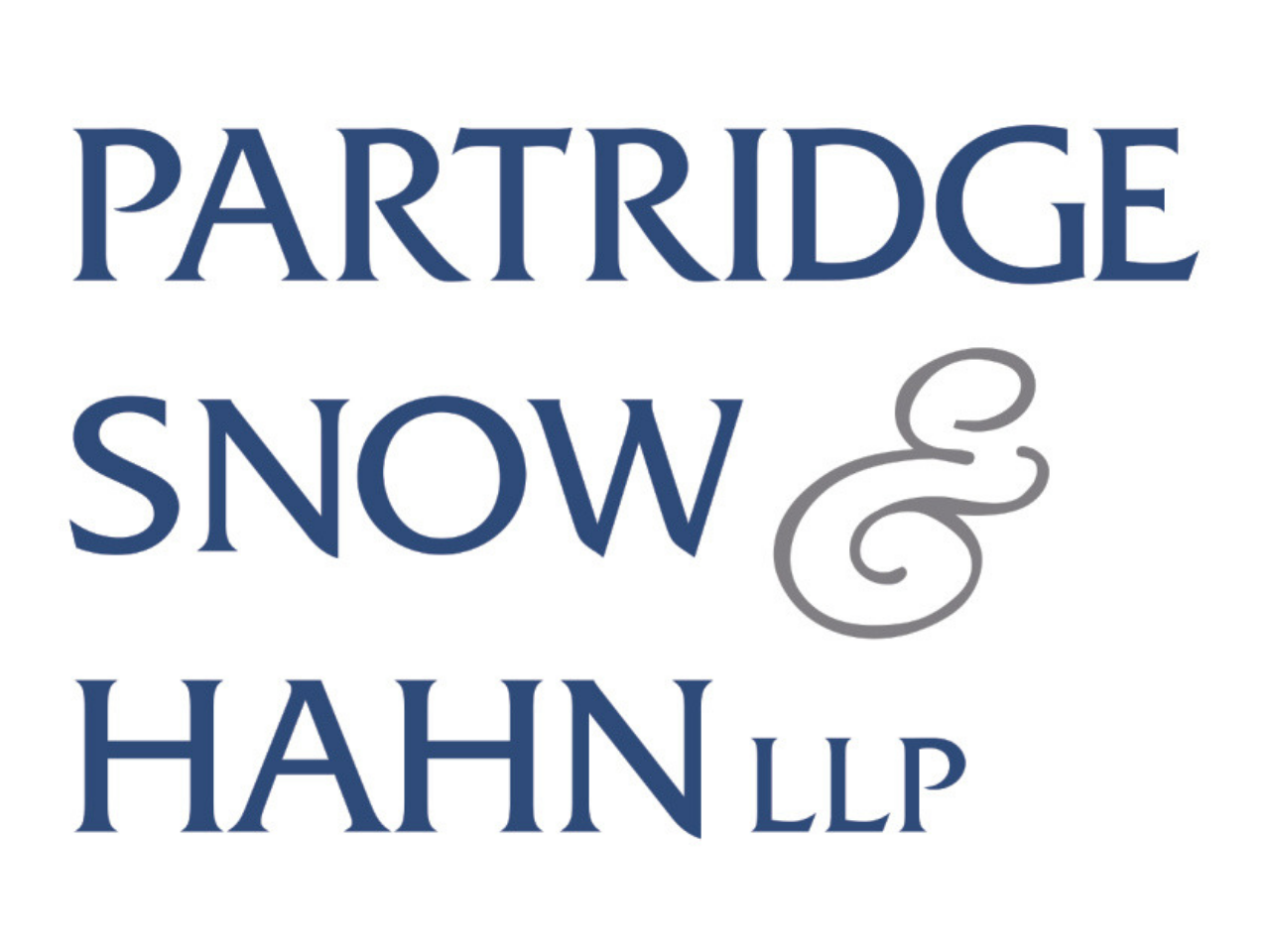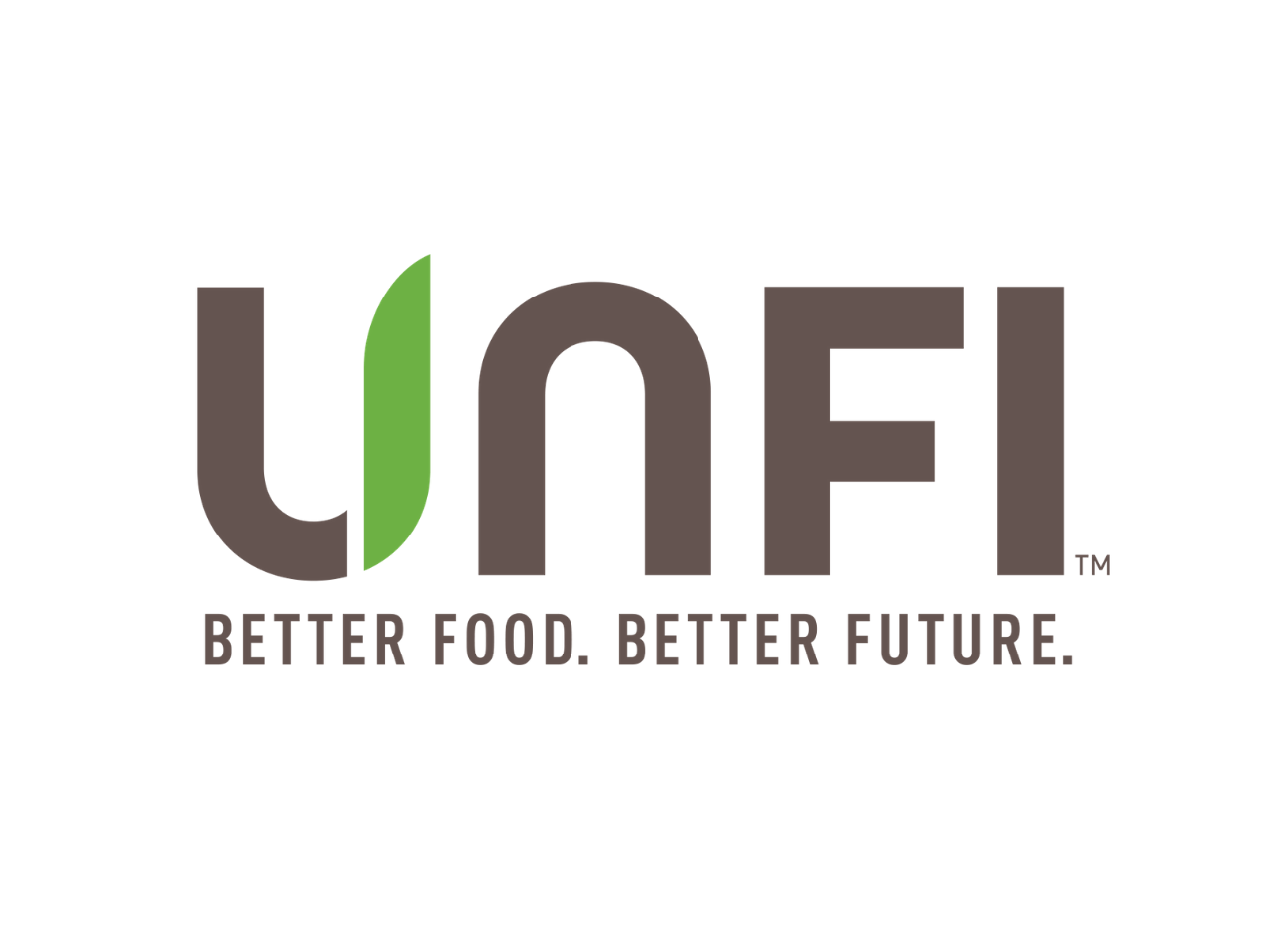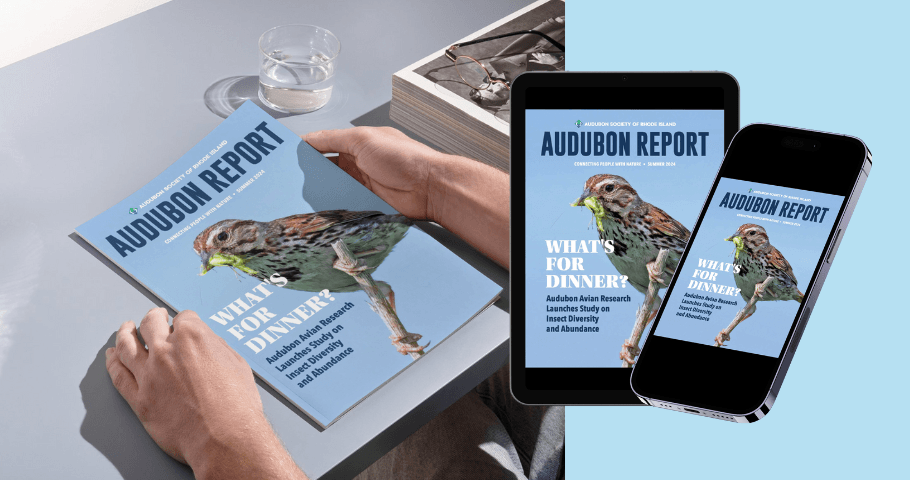

The Audubon Report
The Report is Audubon's printed triannual publication for members. Below you'll find Report issues ready to download, as well as featured, individual stories published digitally.
Click the issues below to view them online. To receive a printed copy, become a member today!
Navigate for more past Audubon Report issues. Note that the navigation tool refreshes the full webpage. Scroll back down to view older issues.
Featured Audubon Report Stories
Here you can read our featured Report stories and editorials.
While humans may take their cozy homes for granted when winter sets in, the strategies that wildlife have developed to cope with the plunging temperatures, biting wind and lack of food are as creative and innovative as they are necessary.
A bird’s food may be small but it plays a clear and critical role in species survival, not to mention habitat conservation and ecosystem balance, both important for wildlife and humans alike. This effort to create a “Bird Food Baseline” is part of the overall RI Audubon Avian Research Initiative.
Birds' lives are tough and their work is nonstop. The very least we can do to ensure their success is to make their jobs as easy as possible…by protecting habitats and resources critical to their needs.
Twelve years after the opening of the Maxwell Mays Wildlife Refuge, Audubon has embarked on what might fit in as the final detail in the story of Mays’ legacy—as an artist, a conservationist, a lover of wildlife, and a philanthropist.
Soil is the living, breathing component of habitats that support terrestrial communities worldwide. Natural scientists, gardeners and farmers appreciate soil, yet we still have much to learn about this crucial resource. Audubon practices soil conservation in many ways. Whether you are a gardener or a large landowner, you can adopt similar conservation actions.
Through donor support of any kind, Audubon can fulfill its mission of educating five-year-olds about the wonders of wildlife, managing habitat for declining pollinator species, or permanently protecting forests, fields, and wetlands, it is connecting its founding legacy to what lies ahead.
In the spring of 2023, the Audubon Society of Rhode Island joined over 1,800 conservation collaborators with the establishment of its first MOTUS tower. The tower itself will collect data on birds, bats and insects that have been fitted with coded tags as they pass overhead during periods of movement!
Several years of data analysis have pinpointed western Rhode Island as a hotspot for migratory stopovers. Although this may be the best time of year for us to break out our binoculars and hit the trails, the reality is that migration is an extremely perilous and strenuous time for birds. How can we help migratory birds succeed as they pass through our state?
The Stormwater Mural Project continues for a third year, this time with a focus on rain barrels! This unique partnership between Audubon, the Stormwater Innovation Center (SIC), and The Providence Parks Urban Wildlife Refuge Partnership brings stormwater education sessions to schools and offers students a chance to visit Roger Williams Park for field trips.
It has been a year since Audubon Educator Kate Swain and Senior Director of Education Lauren Parmelee embarked on a new initiative, “Taking Root: Nature-based Learning for All.” This pilot program aims to fulfill Audubon’s mission of connecting all people with nature—in this case, specifically students with special needs. With input from teachers, parents, and the students themselves, the end goal is to develop a well-funded, robust, barrier-free program that will serve students throughout the state.
Support Our Work
Your generosity will help sustain and grow our conservation, education, and advocacy efforts right here in Rhode Island!
Visit Us
Start exploring nearly 10,000 acres of natural habitat across Rhode Island and nearby Massachusetts.
Programs and Events
Get outside and learn about the natural world!

